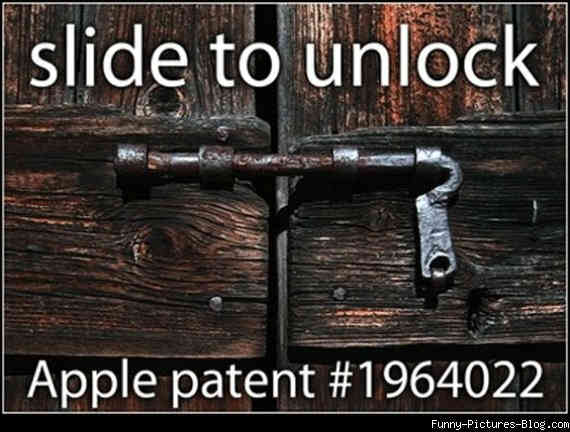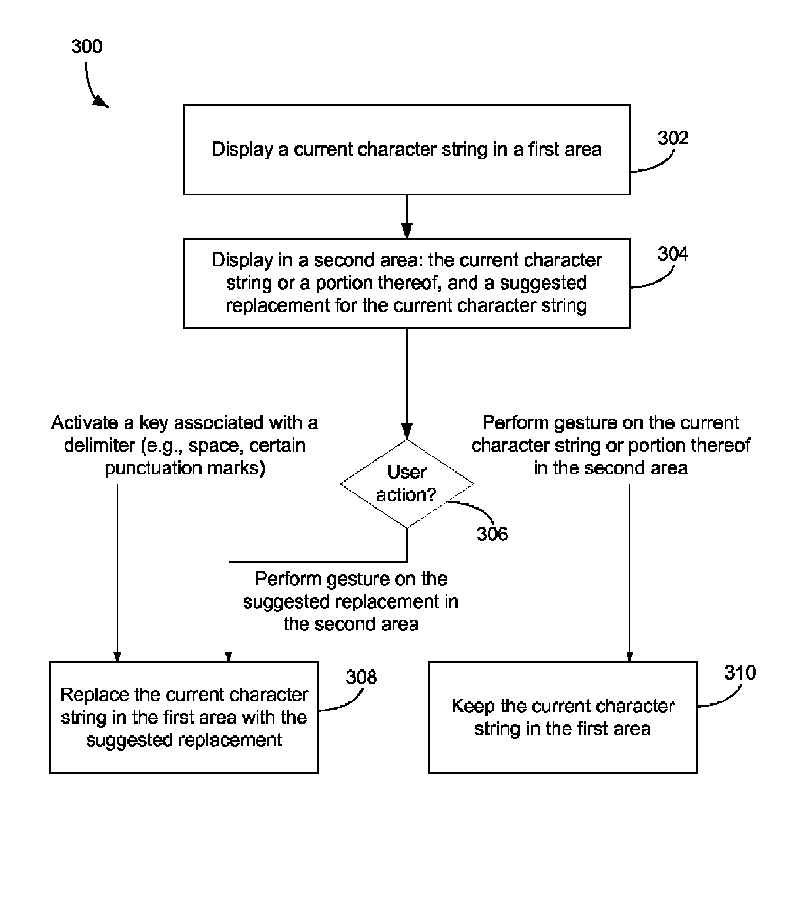| Apple v Samsung Galaxy Nexus: A Programmer Reads the Patents |
| Written by Mike James | |||
| Sunday, 01 July 2012 | |||
|
The court ruling banning the Samsung Galaxy Nexus was based on four patents. What powerful intellectual property is Apple wielding in its legal attempt to stay the number one? On June 29, 2012 Apple secured an import ban in the United States on the Samsung Galaxy Nexus Android tablet. It made use of four key and wide reaching patents that it claimed Samsung had infringed. It is quite clear that Samsung has infringed each one to a greater or lesser degree. What is more, so has every other Android tablet and phone manufacturer. So is Apple about to close down Android? We read the patents to find out what powerful intellectual property Apple is wielding in its legal attempt to stay the number one. Florian Mueller refers to them as Apple's "Four Horsemen of the Apocalypse" and if you want a potted version:
If you read just these summaries you might already conclude the obvious - that the patents are simply not reasonable. If you can patent such simple and obvious ideas then there is something seriously wrong with the patent system. However, if you go and read the full patents you will find that the ideas are wrapped up in a legal and technical language that makes each one sound like rocket science. For example,the abstract of the first patent reads: A system and method causes a computer to detect and perform actions on structures identified in computer data. The system provides an analyzer server, an application program interface, a user interface and an action processor. The analyzer server receives from an application running concurrently data having recognizable structures, uses a pattern analysis unit, such as a parser or fast string search function, to detect structures in the data, and links relevant actions to the detected structures. The application program interface communicates with the application running concurrently, and transmits relevant information to the user interface. Thus, the user interface can present and enable selection of the detected structures, and upon selection of a detected structure, present the linked candidate actions. Upon selection of an action, the action processor performs the action on the detected structure. This is basically a patent on the automatic construction of links from text. It is phrased in such a general way that the data that the links are extracted from could be almost anything and the links too could be anything that results in an action. The big problem here is that Android comes with a standard library that does just this so the patent is generally infringed by all Android devices- and just about any website or app that converts any sort of input into any sort of UI that allows the user to perform an action based on the data. This is insane. The second patent should give its wackiness away simply from the inclusion of the word "universal" in its title. Its abstract is no less lofty and just as vague: The present invention provides convenient access to items of information that are related to various descriptors input by a user, by means of a unitary interface which is capable of accessing information in a variety of locations, through a number of different techniques. Using a plurality of heuristic algorithms to operate upon information descriptors input by the user, the present invention locates and displays candidate items of information for selection and/or retrieval. Thus, the advantages of a search engine can be exploited, while listing only relevant object candidate items of information. What? You have to read the full patent to get even a hint of what is being proposed. It seems to describe any sort of search aggregation mechanisms. If you take a query from a user and then attempt to satisfy the query from a range of different sources then you are probably infringing the patent. Of course this is what Siri does but then it is also what most secondary search engines do. Android might well infringe this patent along with a lot of web sites and apps. This is even more insane than the first patent. The third patent is arguably the least silly of the four, but it is phrased in such wide language that it covers just about anything to do with unlocking a device using a user interface of almost any kind. Its abstract reads A device with a touch-sensitive display may be unlocked via gestures performed on the touch-sensitive display. The device is unlocked if contact with the display corresponds to a predefined gesture for unlocking the device. The device displays one or more unlock images with respect to which the predefined gesture is to be performed in order to unlock the device. The performance of the predefined gesture with respect to the unlock image may include moving the unlock image to a predefined location and/or moving the unlock image along a predefined path. The device may also display visual cues of the predefined gesture on the touch screen to remind a user of the gesture. This covers sliding the image of an unlock tab across the screen. As far as I can tell it also covers clicking a button to open something - if "click" is a predefined gesture that is. So Apple seems to own every GUI ever invented.
The final patent is so silly I doubt that a word recommender could find a word to fill in the blank left to describe it:Method, system, and graphical user interface for providing word recommendations . Its abstract reads: One aspect of the invention involves a method that includes: in a first area of the touch screen, displaying a current character string being input by a user with the keyboard; in a second area of the touch screen, displaying the current character string or a portion thereof and a suggested replacement for the current character string; replacing the current character string in the first area with the suggested replacement if the user activates a delimiter key on the keyboard; replacing the current character string in the first area with the suggested replacement if the user performs a first gesture on the suggested replacement displayed in the second area; and keeping the current character string in the first area if the user performs a second gesture on the current character string or the portion thereof displayed in the second area. To translate: You type into a textbox and the system displays a possible completion that you can either except or reject. Android does this and so do most predictive texting systems. Not only that but code complete facilities such as Intellisense in Visual Studio do exactly this.
The flow chart of the patented process
If a feature such as this can be patented without any deeper heuristic or AI technique being involved it should be possible to patent the idea of text or images in web pages. These four patents are correctly drafted and I'm sure that the legal process has been followed correctly. So the danger is that not only will we have the ban on the Samsung Nexus but, if Apple cares to take if further, on all Android devices, a lot of other types of mobile phone, plus lots of web sites and apps. With these four patents it seems that Apple owns a very large chunk of the way we do things. If this is the case, then indeed these are the four patents of the apocalypse. However, they are clearly ridiculous and any system that grants such patents is deeply flawed. That Apple chooses to apply them is shameful. Apple needs to compete by innovation, not legal patent trolling.
More InformationRelated ArticlesThe Oracle v Google Trial IProgrammer Reads the Patents
Comments
or email your comment to: comments@i-programmer.info
To be informed about new articles on I Programmer, install the I Programmer Toolbar, subscribe to the RSS feed, follow us on, Twitter, Facebook, Google+ or Linkedin, or sign up for our weekly newsletter.
|
|||
| Last Updated ( Sunday, 01 July 2012 ) |



